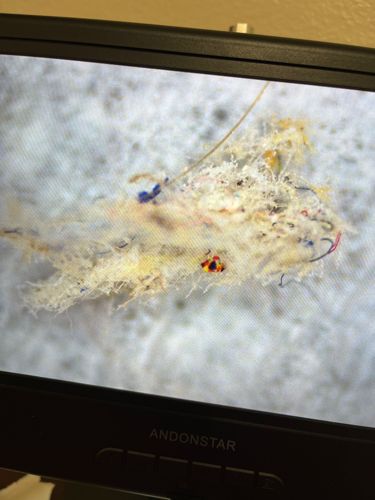Case-making Clothes Moth
Scientific Name: Tinea pellionella
Order & Family: Lepidoptera (moths and butterflies), Tineidae (fungus moths and relatives)
Size: Larvae: up to 12 mm; Adults: 6-8 mm wingspan

Natural Habitat
Indoors, especially in undisturbed areas where natural fibers are stored, such as closets, attics, storage chests, and behind furniture. Outdoors, they can be found in bird nests, animal remains, or old bee/wasp nests.
Diet & Feeding
Larvae feed on natural fibers, particularly wool, fur, feathers, hair, felt, and other animal products. They may also damage synthetic fibers blended with natural ones, or soiled synthetics. They are scavengers in natural environments, breaking down animal remains.
Behavior Patterns
Case-making clothes moth larvae spin silken cases that they carry with them as they feed and move. They are often seen dragging these cases across surfaces. Adults are weak fliers and prefer to run or hop. The larvae are the destructive stage, not the adults. They prefer dark, undisturbed areas.
Risks & Benefits
Risks: Significant pest of textiles, causing damage to clothing, carpets, upholstered furniture, and museum specimens made of natural fibers. Can lead to economic loss. Benefits: In natural ecosystems, they play a role in decomposition, breaking down animal matter.
Identified on: 9/3/2025